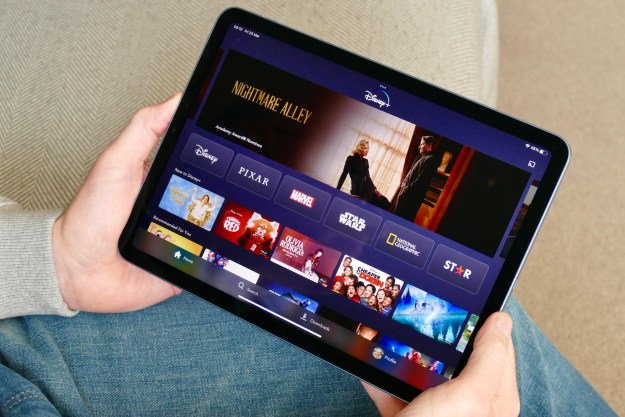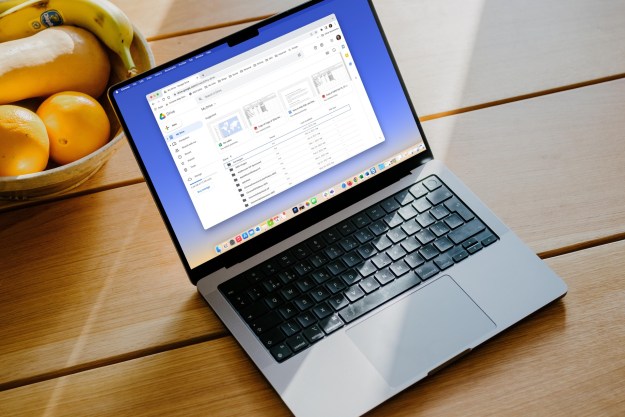
As a brief explanation, a traditional “program” is typically installed on a Windows-based desktop or laptop that distributes components in a number of places on the hard drive, such as the installed folder and a folder within Windows itself. The “app” model is essentially self-contained, with everything that’s needed in one clean package. Because of their differences, developers need to convert their programs into apps to sell them in the Windows Store.
In addition to converting programs to an app model, Microsoft requires that the apps conform to its Universal Windows Platform model to work on numerous Windows 10 devices. This platform provides exclusive Windows 10 features in addition to building a foundation for apps to run on desktops, laptops, smartphones, tablets, the Xbox One console, and Microsoft’s HoloLens augmented reality headset. By using an app model, traditional desktop software can now run on all of these devices, not just desktops and laptops.
“[The app] runs in a special environment where any accesses that the app makes to the file system and to the Registry are redirected,” Microsoft explains. “When it comes to the file system, the only thing redirected is the AppData folder, and it is redirected to the same location that app data is stored for all UWP apps. One benefit of file system redirection is a cleaner uninstall experience.”
Microsoft launched Windows Live Writer as a component of Windows Live in 2007. It was based on a product Microsoft obtained through its acquisition of Onfolio, and continued to release new versions of the tool until the appearance of the Windows Essentials 2012 suite. After that, the program was ported as Open Live Writer by Hanselman and a small team of volunteers at Microsoft through a MIT license.
Open Live Writer is essentially a word processor for blogs. Users can write their blog, add photos, add videos, and then publish everything online. These posts can be composed offline too and uploaded when the user comes back online. The program is compatible with a number of blog services such as DasBlog, Moveable Type, TypePad, Google Blogger, WordPress, and many others.
Originally, the spell checking feature was ripped out when Open Live Writer went live. Since then, the feature was added for customers using Windows 8 or newer (Windows 7 doesn’t provide spell checking support). The program can only spell check one language at a time, and users must manually install their preferred input language outside English. Once installed, users go to File > Options > Spelling and set the desired dictionary language.
The big selling point of converting a program into a Windows 10 app is that it will always remain updated as long as the developer cranks out new versions. Customers don’t have to manually download and install a new version, and will stay visually connected to a Windows 10 app through Live Tiles and Notifications. Hanselman recently said that he thought installing the converted Evernote app from the Windows Store was “pretty cool” given its program-based roots.
Editors' Recommendations
- Beware — even Mac open-source apps can contain malware
- New ways Microsoft is enticing developers to use Windows app store
- Apple and Google are going to need to open up their app stores in South Korea
- The Windows 10 app store could get a major update that includes Win32 support
- Apple might have to open iPhone to other app stores — here’s what that means


